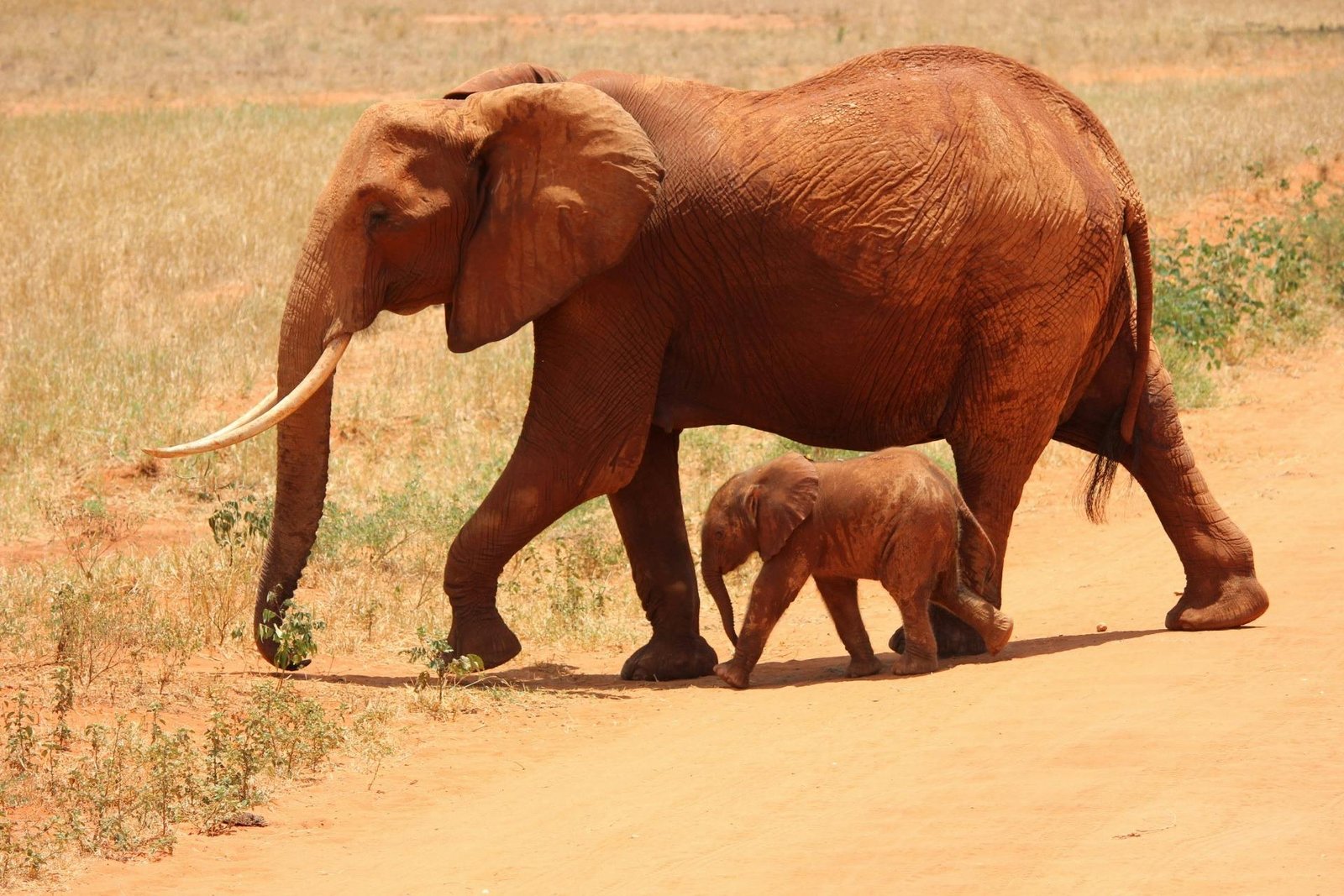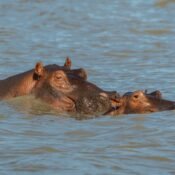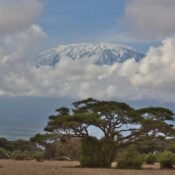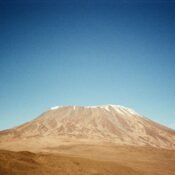
Meet the Maasai: Traditional Life in the Heart of Tanzania
When travelers envision East Africa, images of sweeping savannahs, towering giraffes, and majestic lions come to mind. But amid this vibrant natural beauty lies something equally compelling—the people who have called this land home for centuries. Among the most renowned are the Maasai, a semi-nomadic pastoralist tribe known for their distinct red shukas (cloaks), intricate beadwork, and rich cultural traditions. To meet the Maasai is to encounter a living heritage that still pulses in the heart of Tanzania.
This blog takes you into the daily life, customs, and evolving world of the Maasai, offering an authentic glimpse into a community that embodies resilience, grace, and deep respect for nature.
Who Are the Maasai?
The Maasai people inhabit southern Kenya and northern Tanzania, particularly in areas near Ngorongoro Conservation Area, Serengeti National Park, and Arusha Region. With a population estimated at over one million, the Maasai are instantly recognizable by their striking attire, high-jumping dances, and cattle-centric lifestyle.
Unlike many indigenous groups that have assimilated into modern life, the Maasai have retained much of their traditional culture, while also navigating the challenges of the 21st century. For them, identity is not just about dress or rituals—it’s a way of life intricately tied to land, livestock, and community.
The Role of Cattle in Maasai Life
At the core of Maasai culture is their deep connection with cattle. Cows are not merely livestock—they are a symbol of wealth, social status, and spiritual well-being. A man’s prosperity is often measured by the number of cattle he owns. Cows are used for milk, meat (occasionally), ceremonial offerings, and even marriage negotiations through the dowry system.
In fact, traditional Maasai prayers and blessings often revolve around the health and multiplication of their herds. Cattle provide sustenance and serve as an economic safety net, making them central to daily life and decision-making.
Life in a Maasai Boma
The Maasai live in traditional homesteads known as bomas, circular enclosures surrounded by thorny acacia branches to protect against predators. Within a boma, multiple mud-and-stick huts—called enkaji—are built by women, each housing a different family unit.
Each hut is small, dark, and minimalist, with a fireplace, sleeping area, and storage space. Life is communal, and responsibilities are divided by age and gender: women tend to domestic chores and children, while men look after the livestock and guard the community.
Rites of Passage: A Journey from Childhood to Warriorhood
The Maasai have an elaborate system of age-sets, marking the transition from boyhood to adulthood through a series of sacred rites of passage. One of the most well-known is circumcision, a ceremonial rite that symbolizes the entry into manhood. Boys who pass through the ritual with bravery earn respect and are classified as morans—young warriors who take on the duties of protecting the tribe and herding cattle.
The warrior phase lasts several years, during which morans live in special camps and undergo physical training and moral education. They eventually transition into elderhood, taking on decision-making roles within the community.
Women also undergo initiation ceremonies and play essential roles in the continuity of Maasai culture. Their traditional skills—such as beadwork, cooking, and caring for the family—are deeply respected.
The Art of Beadwork and Dress
One of the most visually captivating elements of Maasai culture is their beadwork. Beads are more than decorative—they tell stories about the wearer’s age, marital status, social role, and even number of children.
Women wear elaborate necklaces, earrings, and headpieces, each carefully hand-crafted and color-coded. Red, for example, represents bravery and strength, while white symbolizes purity and health. Men also adorn themselves with beaded ornaments, staffs, and colorful wraps, particularly during ceremonies.
The iconic shuka, usually in red and blue plaid, is the Maasai’s signature attire. These garments are not just practical for the rugged terrain—they’re an expression of cultural identity and pride.
Cultural Ceremonies and Storytelling
The Maasai are master storytellers, and oral tradition plays a huge role in preserving their history. Elders recount tales of ancestors, battles, and moral parables by the fireside, ensuring that each generation knows where they come from.
Ceremonies mark key events like births, marriages, and funerals, often involving singing, chanting, and the famous adumu—the high-jumping dance performed by warriors. Music, rhythm, and dance are essential forms of communal expression and joy.
Balancing Tradition and Modernity
Like many indigenous communities, the Maasai face the pressures of modernization, land disputes, climate change, and changing economic landscapes. Education, once shunned, is increasingly embraced by younger generations, and many Maasai now attend school, enter professional fields, or engage in tourism and conservation work.
Yet, even as some move toward urban life, there is a strong push to maintain traditional practices and languages. The challenge is finding a balance—preserving heritage while adapting to contemporary realities.
Responsible Tourism: How to Respectfully Engage with the Maasai
Tourists eager to learn about Maasai life often visit cultural bomas or stay in eco-lodges near Maasai communities. While these visits can be enriching, it’s crucial to approach them ethically:
- Choose community-led tours that give direct benefits to the Maasai people.
- Ask permission before taking photographs, especially of individuals or rituals.
- Buy crafts directly from artisans rather than commercial shops.
- Engage with curiosity and humility, not as a spectacle but as an opportunity to learn.
Many community-based tourism initiatives, such as those near Ngorongoro Crater and Longido, offer immersive experiences including herding walks, storytelling sessions, and cooking demonstrations.
Final Thoughts
Meeting the Maasai is not just about observing another culture—it’s about entering a world that pulses with tradition, resilience, and humanity. In a fast-paced world, the Maasai offer a refreshing reminder of how closely human identity can be tied to land, community, and ancestral wisdom.
So, when you travel to Tanzania, go beyond the wildlife. Seek out the heart of the land—where the beat of the drum, the rhythm of the dance, and the wisdom of elders continue to shape life in vibrant, meaningful ways. The Maasai aren’t just a chapter in Tanzania’s cultural story—they are living storytellers of its past, present, and future.




